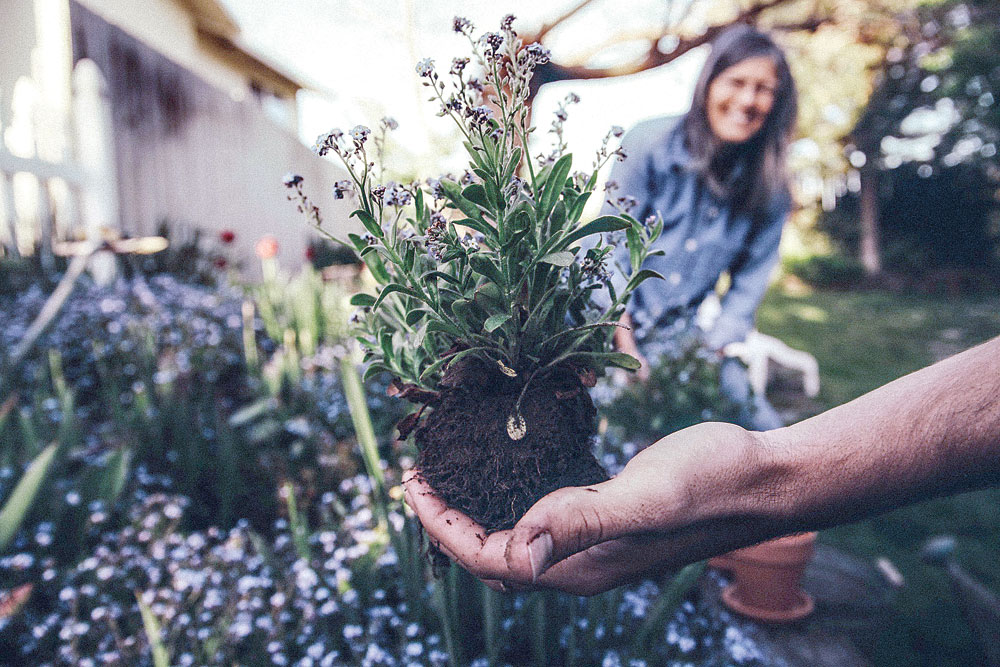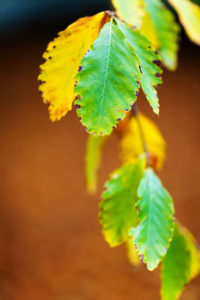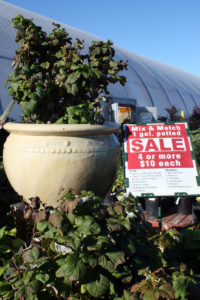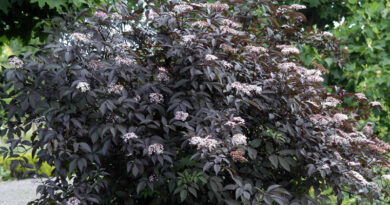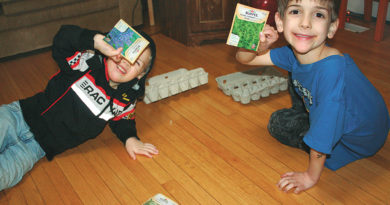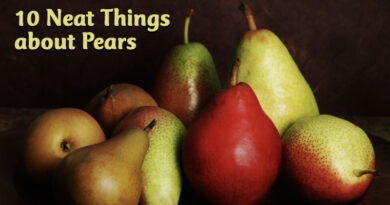Why Start Planting in the Fall
Wise gardeners and bargain hunters alike know that fall is one of the best times to plant and shop. Not only can you find plants on sale as greenhouses clear out their stock for the upcoming winter, but some may argue, that planting in the fall is actually better for your plants.
By Tania Moffat
As the seasons change and temperatures begin to drop, the soil remains warm. This is a benefit for newly transplanted trees, shrubs and perennials. The warm soil, combined with the onset of dormancy, actually provide fall transplants with a better opportunity for developing a solid root system than their spring and summer counterparts. Their roots will continue to grow until the soil freezes, giving these plants a head start in the spring.
In the spring, new additions not only have to try to establish a root system in cool or cold soil, but must use up energy to grow and bloom. Additionally, plants coddled in the greenhouse can experience transplant shock when they are exposed to outdoor temperatures. While it’s best to harden off new plants to reduce this stress, if it is not done, or done correctly, plants will struggle to thrive. Summer can be even more difficult as higher temperatures and lack of water can increase stress on transplants.
By the time fall rolls around most pests and diseases have disappeared. Or at least have past their spreading and destructive stages. Gardeners can save a few dollars on fertilizers as well, since there is no need to encourage growth or blooming. Most areas will have an ideal planting window of six weeks before the hard frosts of September or October begin to roll in.
None of this is to say that plants can’t and aren’t successfully transplanted at other times of the year, but rather to let disbelievers know that fall really is a great time to plant. Gardeners bothered by the heat of summer, or frustrated with the number of spring planting days, can take advantage of the cooler temps by planting at this time of year. In fact, the only downfall to shopping and planting in the fall is the decreased selection in plants!

Selecting your baby from the nursery
When purchasing plants in the fall the most important thing to be cognisant of is the plant’s overall health. Check the soil to ensure that is not mouldy from overwatering or too root bound. The leaves may be turning, depending on when you are making your purchase, but look for signs of disease – leaf spots, dried out branches, dead areas and insect infestation.
You should also purchase a root enhancing fertilizer. Prior to placing your plant in its newly dug hole sprinkle the recommended amount in, then place your plant. At this time of year many plants have become root bound, be sure to loosen the soil and cut compacted root balls with a spade or trowel to allow them to branch out properly.
Many greenhouses still offer warranty on fall purchases! So how can you go wrong
What can you plant?
Basically, you can plant almost any tree, shrub or perennial in the fall. It is also a great time to sow grass seed, spring-blooming bulbs and cool-season vegetables such as spinach and Swiss chard.
Grass
Plant grass seeds closer to hard frost as you don’t want the seeds to develop and die. It is also a great time to take care of all your lawn needs – dethatching, aerating and fertilizing.
Spring bulbs
For a blazing display of spring colours, plant spring bulbs in the fall. Bulbs such as daffodils, hyacinth, and squill need to experience a period of cold dormancy to sprout in the spring. Remember not to plant summer and fall blooming bulbs such as glads, cannas or dahlias, and remove them as soon as they begin to die back, prior to freezing.
Vegetables
That’s right you can still plant vegetables such as Brussels sprouts, broccoli, carrots, cabbage, kale, lettuce, spinach and Swiss chard in the fall. These plants thrive in the cooler fall temps, just ensure you have enough time to harvest them. Use row covers to extend the season.
Trees and shrubs
Both take kindly to fall transplanting, be sure to water them well until freezing to maximize root growth.
Perennials
You don’t necessarily need to visit a greenhouse, fall is a great time to divide and replant hostas, irises and other perennials. Peonies should always be planted in the fall. Lilies and ornamental grasses also do well with autumn planting as do ferns, which will welcome a covering of freshly fallen leaves to help protect them from snow and ice.
Water the new plants well until freezing. Be careful not to overwater. Soaking the ground with approximately one inch of water, once per week, should be sufficient.
While you are out in the garden, take a moment to assess it for the following year. Ask yourself if you have enough fall colour? Do you want more plants to attract wildlife, birds or beneficial insects? Do you need more plants for shade or sun, wet or dry areas? This is the time to take note of how your garden performed, while it is fresh in your mind. Then make plans to implement any changes needed for the next season.



